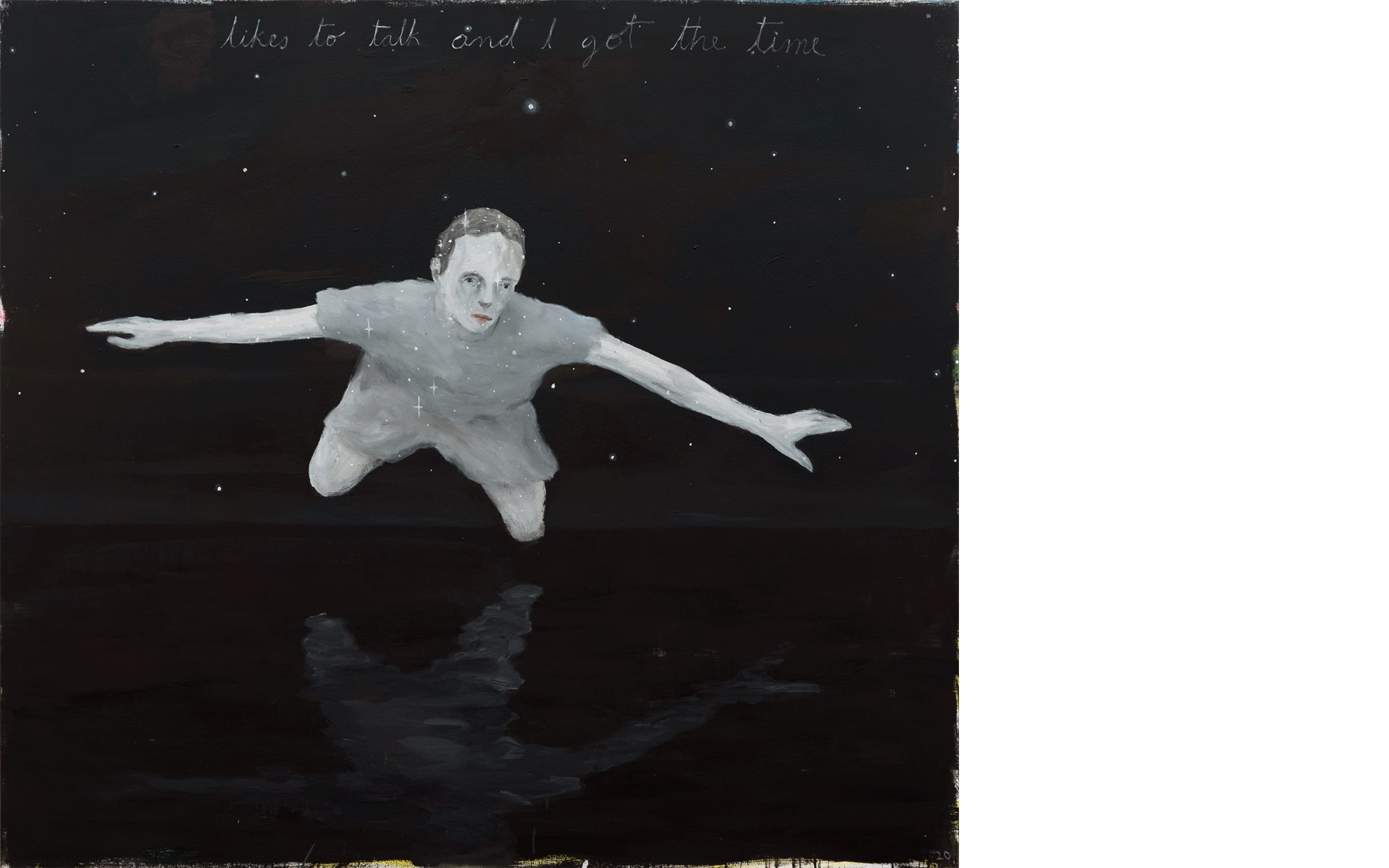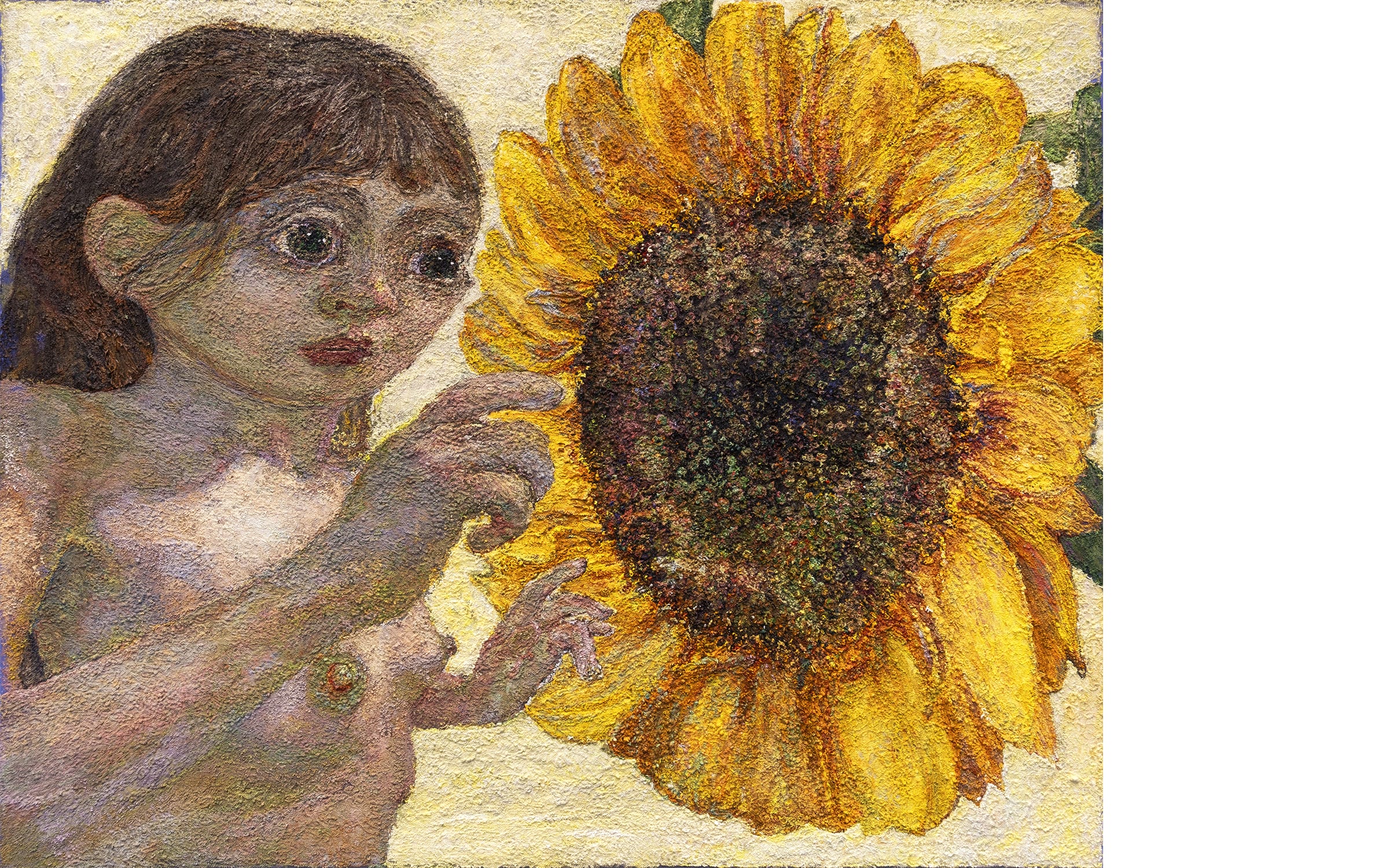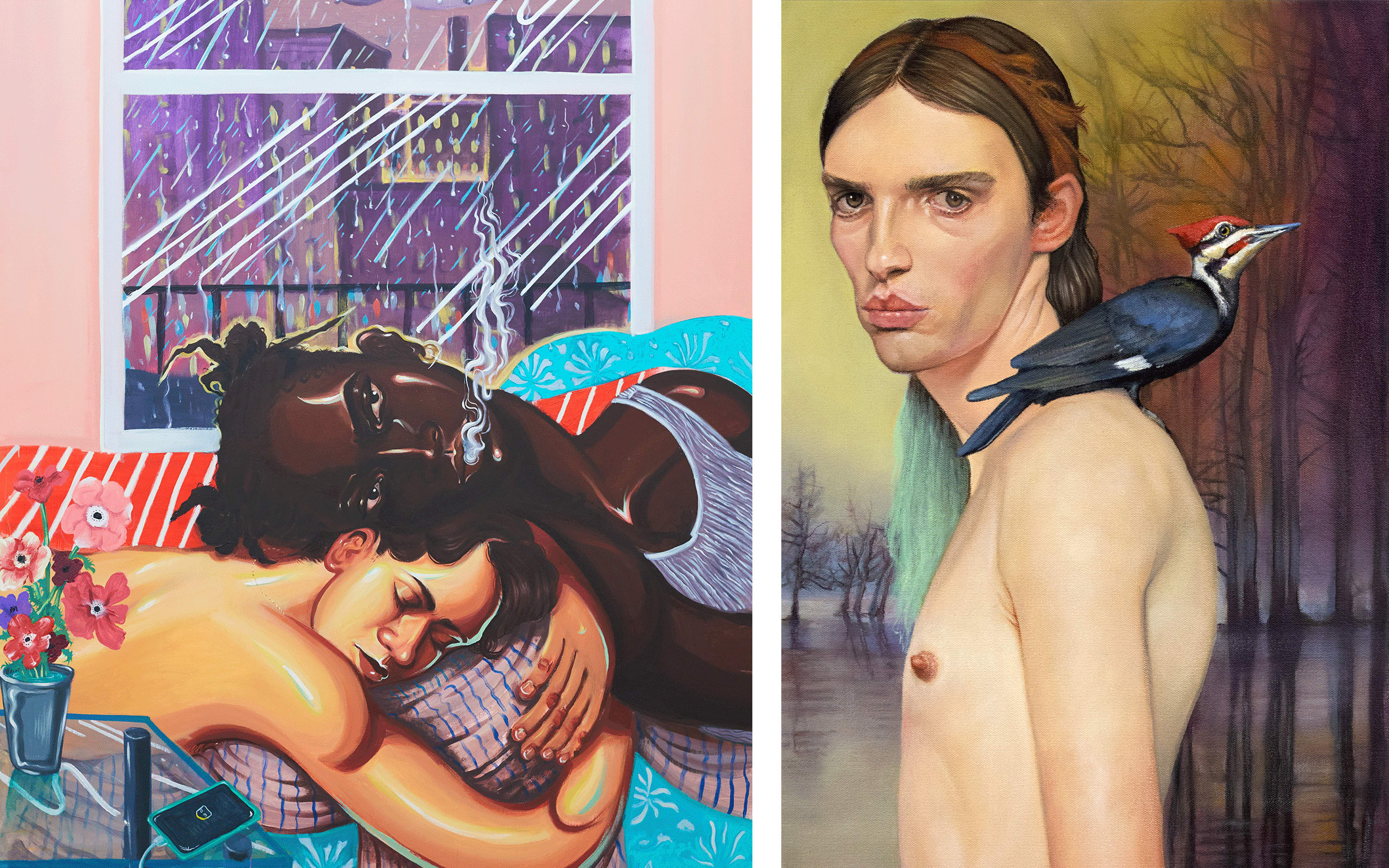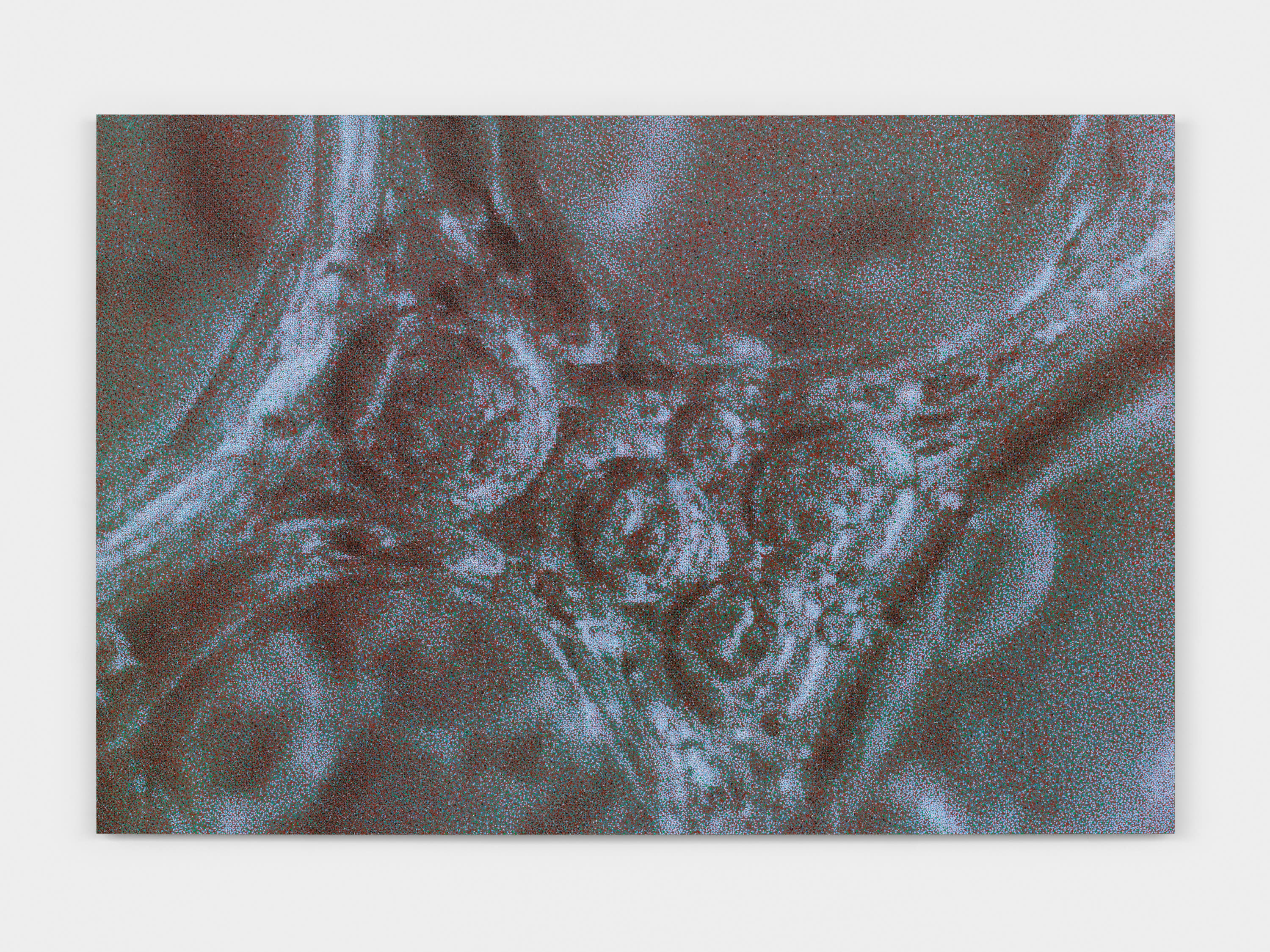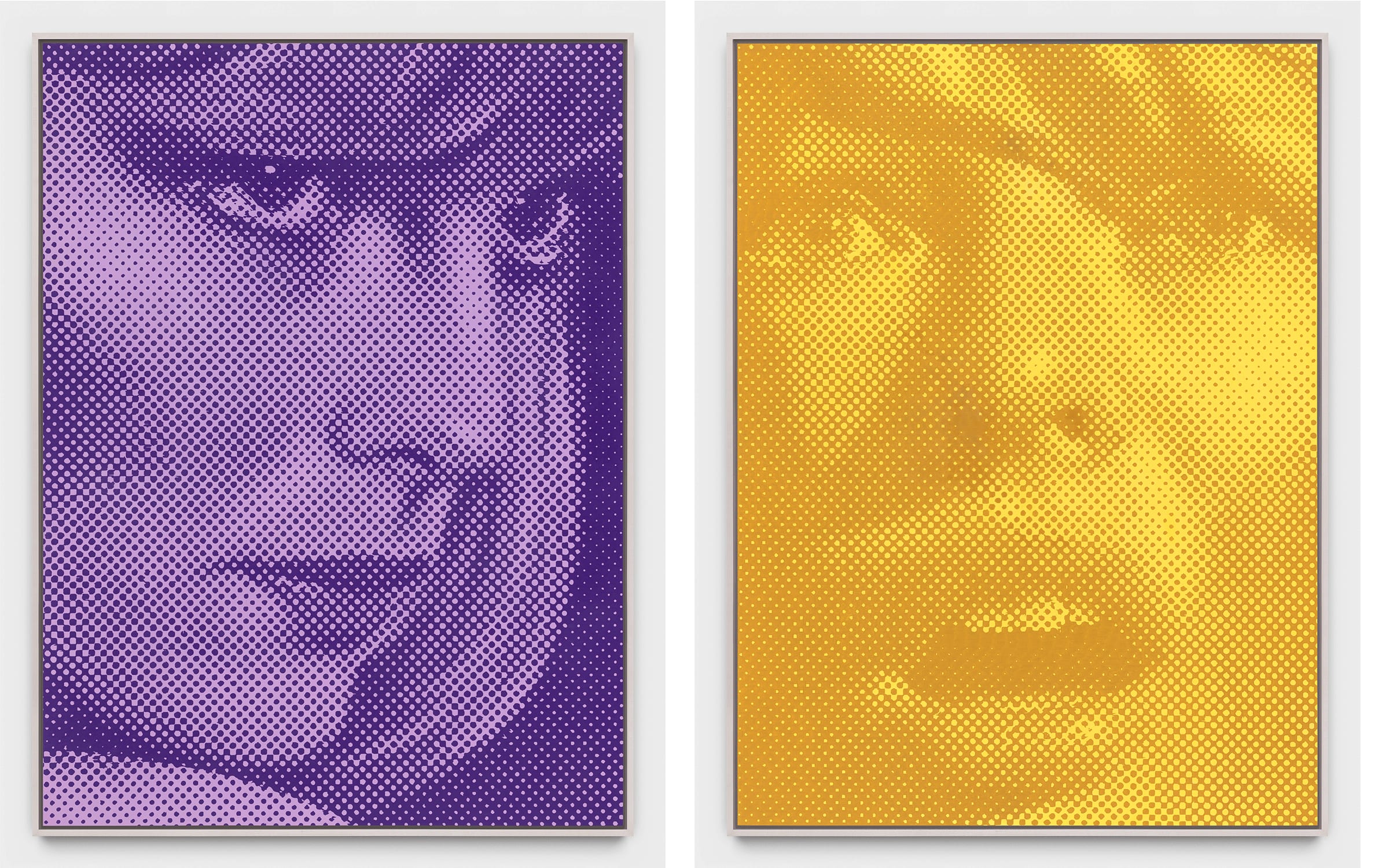ARTECHOUSE ANNOUNCES “FUTURE SKETCHES / CODE POEMS” BY CODING ARTIST AND INTERACTIVE MEDIA PIONEER ZACH LIEBERMAN OPENING DURING MIAMI ART WEEK
Reimagining the Boundaries of Art, Technology, and Expression, Digital Art Exhibition Opening on December 6 Explores New Forms of Human Expression and Play Through Coding and Technology
ARTECHOUSE, a pioneer in innovative, experiential art and the leading contemporary art space dedicated exclusively to technology-based art, is proud to announce its upcoming collaboration and digital art exhibition in Miami Beach titled “Future Sketches / Code Poems” by renowned artist, researcher, and educator Zach Lieberman. The exhibition marks the next chapter in Lieberman’s journey, exploring the poetry within computation and pushing the boundaries of creative coding as an expressive medium. The exhibition will open to the public during Miami Art Week on December 6, 2023, and remain on display through May 2024.
ARTECHOUSE’s collaboration with Lieberman represents the latest in its series of groundbreaking collaborations with visionary artists working at the intersection of art and technology. “Future Sketches / Code Poems” builds upon the success of Lieberman’s inaugural solo exhibition at ARTECHOUSE DC in 2020. Through a series of installations, Lieberman and his MIT Media Lab students reveal the poetry in computation, and encourage visitors to let their boundless imaginations take the lead when it comes to modern technology.
“In a world driven by innovation, ‘Future Sketches / Code Poems’ underscores the importance of fostering artistic innovation,” said Sandro Kereselidze, founder and Chief Creative Officer of ARTECHOUSE. “We are thrilled to showcase Zach Lieberman’s pioneering work. This collaboration continues ARTECHOUSE’s commitment to pushing the boundaries of experiential art, celebrating the dynamic intersection of creativity and technology. ‘Future Sketches / Code Poems’ is not just an exhibition; it’s a testament to the power of art to shape the future, and we can’t wait for the world to experience it as we redefine the art landscape.”
Listed as one of Fast Company’s “Most Creative People” and a dynamic pioneer in interactive media and coding, Lieberman creates artwork with code and focuses on building experimental drawing and animation tools. Drawing from over a decade of work and research in media art, the exhibition explores how technology can transform the human body, voice, and gesture in expressive and imaginative ways. “Future Sketches / Code Poems” serves as a love letter to the fields of animation, interaction and computation, celebrating the convergence of art and technology.
“I believe that the projects should never be about technology,” stated Zach Lieberman. “Technology should always be in service of the idea. The idea should be something that is poetic or that tells us about what it means to be human. When I create work, I don’t want people to point at it and say, ‘that’s amazing software.’ I want them to say, ‘that’s a beautiful idea, that helped me see in a new way, or that made my day better.’”
“Future Sketches,” a part of the exhibition’s title, draws inspiration from the late designer and founding member of the MIT Media Lab, Muriel Cooper, and her description of creating “sketches for the future” and her vision of software as a medium for art and design. A distinctive aspect of the exhibition, Lieberman’s students from the MIT Media Lab will be involved and contribute their work to the showcase. The second part of the exhibition’s title, “Code Poems,” alludes to Lieberman’s daily practice, started in 2016, of creating small poems with code, blurring the lines between design, art and magic.
The exhibition will be divided into 19 distinctive installations that allow visitors to explore how code plays a role in creativity. Concepts covered include (but are not limited to) creative process and iteration, body and performance, painting with your voice, and augmented reality masks.
Key highlights of the exhibition include:
- Daily Sketches: Lieberman’s daily sketches that provide a glimpse into the possibilities of creative coding, graphical form and animation.
- Manual Input Sessions: Interactive installations that encourage visitors to engage with audio visual expression in a playful and hands-on manner.
- Re-Coded: An exploration of how code informs visual expression.
- Expression Mirror: An immersive experience where visitors can see their own emotions reflected through others.
- Reflection Studies: An interactive exhibit that invites participants to explore principles of light such as reflection and refraction.
The exhibition carries a significant cultural context. In the ever-evolving landscape of the Fourth Industrial Revolution, Lieberman’s innovative fusion of art and code resonates deeply with the themes of contemporary renaissance and the interdependence of humanity and technology. “Future Sketches / Code Poems” challenges conventional perceptions in an era dominated by AI and digitization, presenting a compelling vision of a more empathetic and imaginative technological future. Lieberman’s dual identity as an artist and educator, with ties to institutions like the School for Poetic Computation and the MIT Media Lab, underscores the importance of knowledge-sharing and continuous learning in art. In a world where commercial forces shape conversations around technology, this exhibition champions the pivotal role of artists and designers in envisioning futures that are both more expressive and playfully creative.
“Future Sketches / Code Poems” will leave visitors asking, “How can computers help us understand what is human and unique about us?” and “What does code feel like?” Through his art, Lieberman displays human gestures and amplifies them in different ways, such as by making drawings come to life, imagining what the voice might look like if we could see it, and transforming silhouettes into music.
ARTECHOUSE Miami will host a media and VIP preview of “Future Sketches / Code Poems” by Zach Lieberman on December 5, 2023. The exhibit will open to the public on December 6. For press passes and media inquiries, contact [email protected].
Location
ARTECHOUSE Miami is located at 736 Collins Ave., Miami Beach, in the arts epicenter of South Beach.
Admission & Hours
General Hours: Thursday-Monday, 1-8 p.m.
- Sessions are every 30 minutes. The last session begins at 7 p.m.
Tickets
Visitors who book online save on visits to ARTECHOUSE Miami.
- Anytime Tickets: $30 (select a day, visit anytime)
- General Admission: Starting at $25
- Children (4-15): Starting at $17
- Children (under 4): Free
- Students & Seniors (65+): Starting at $20
- Military & First Responders: Starting at $20
- Weekday Family Pack: $72 Per Person (minimum 2 max of 4 guests)
- Florida residents save $5 off admission tickets Monday-Friday (proof of residency required)
- Special rates available for groups and student groups of 10+
For tickets and more information, visit artechouse.com.
About Zach Lieberman
Zachary Lieberman is an artist, researcher, and educator with a simple goal: he wants you surprised. In his work, he creates performances and installations that take human gestures as input and amplify them in different ways – making drawings come to life, imagining what the voice might look like if we could see it, transforming people’s silhouettes into music. He’s been listed as one of Fast Company‘s Most Creative People and his projects have won the Golden Nica from Ars Electronica, Interactive Design of the Year from Design Museum London, as well as being listed in Time magazine’s Best Inventions of the Year. He creates artwork through writing software and is a co-creator of openFrameworks, an open source C++ toolkit for creative coding, and helped co-found the School for Poetic Computation, a school examining the lyrical possibilities of code. He’s a professor at MIT’s Media Lab, where he runs the Future Sketches group.
About ARTECHOUSE
An industry leader in digital and experiential art, ARTECHOUSE expands the possibilities of art and how we experience it through cutting-edge technology-driven exhibitions and experiences. ARTECHOUSE connects progressive ideas, artists and audiences to stimulate innovation and creativity at the intersection of art, science and technology. What started as the nation’s first digital art space is now a home, online and off, for technology-driven art innovation, with a mission to empower and fund the creation of new, experiential and exploratory art forms that make an impact.
artechouse.com \ @artechouse \ #artechouse







